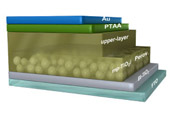Researchers have developed highly efficient bio-photovoltaic cells that consist of silver nanoparticles and chlorophyll extracted from plants. The new technology allows light harvesting twice as efficiently as existing technology allows and is expected to open doors for the commercialization of bio-photovoltaic cells.
According to the Ministry of Science, ICT and Future Planning (MISP) on August 25, a group of scientists led by researchers at the Korea Advanced Institute of Science and Technology (KAIST) combined silver nanoparticles as small as 10 nanometers across with chlorophyll extracted from plants. They then developed bio-photovoltaic cells that are 200 percent more efficient than existing products. The silver nanoparticles absorb and recycle light emanating from the chlorophyll and reduce the loss of output that occurs when chlorophyll is arranged on electrode plates. This increases the efficiency of the bio-photovoltaic cells.
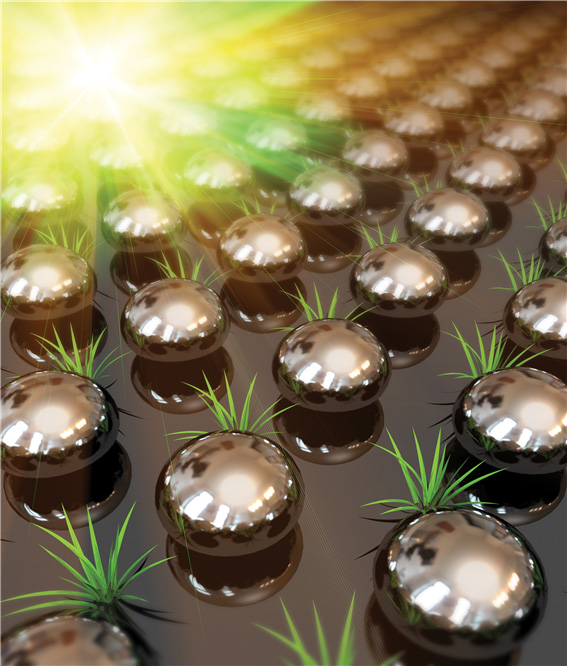
Solar cells, a clean energy, are widely used to generate electricity, but silicon-based photovoltaic cells need a large amount of initial investment. This has been a barrier to further commercialization. Thus, many researchers have tried to develop photovoltaic cells with alternative materials. Chlorophyll, which can be easily extracted from plants, has been highlighted as an alternative, but researchers have had difficulties in developing technologies to efficiently combine inorganic substances in the solar cells with the organic chlorophyll. Recently, however, KAIST researchers combined silver nanoparticles and chlorophyll and were able to increase the efficiency of solar energy collection from the current 1 percent to 3 percent.
"This research has led to findings that will allow us in the future to efficiently utilize bio light absorbers that are abundant in nature, such as carotenoids, alkannins and betalains," said a researcher. "This will contribute to the development of original technology that will simultaneously solve environmental and energy problems and allow for commercialization."
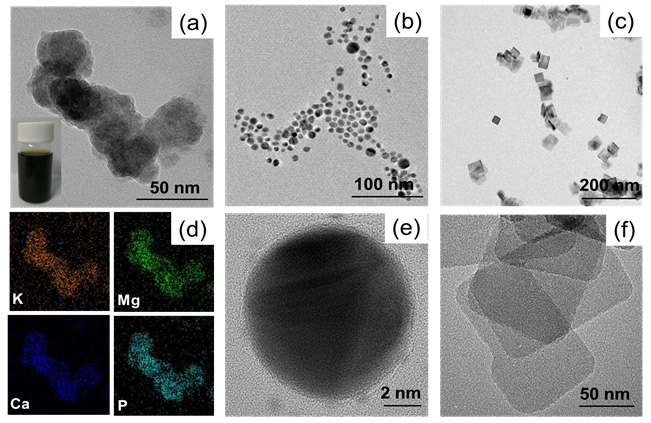
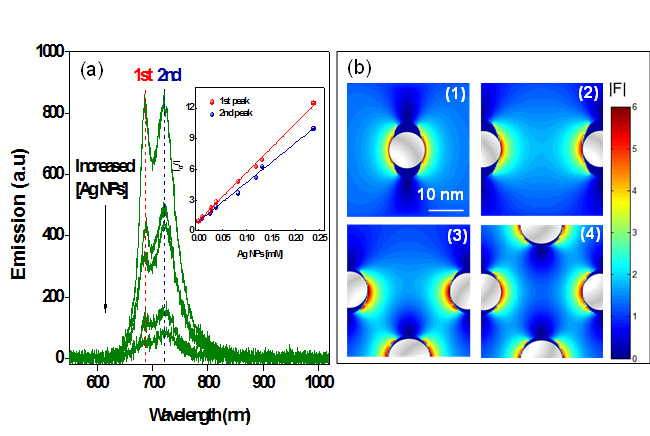
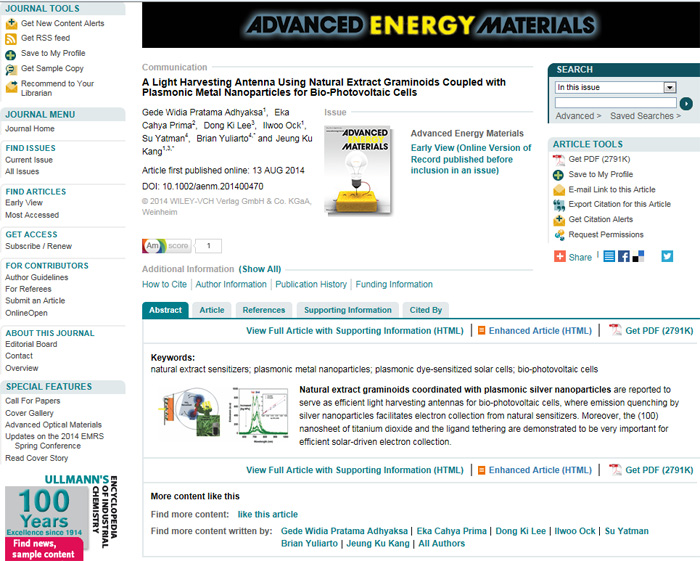
By Limb Jae-un
Korea.net Staff Writer
jun2@korea.kr

According to the Ministry of Science, ICT and Future Planning (MISP) on August 25, a group of scientists led by researchers at the Korea Advanced Institute of Science and Technology (KAIST) combined silver nanoparticles as small as 10 nanometers across with chlorophyll extracted from plants. They then developed bio-photovoltaic cells that are 200 percent more efficient than existing products. The silver nanoparticles absorb and recycle light emanating from the chlorophyll and reduce the loss of output that occurs when chlorophyll is arranged on electrode plates. This increases the efficiency of the bio-photovoltaic cells.

Mimetic diagrams of bio-photovoltaic cells that consist of silver nanoparticles and chlorophyll. (photo courtesy of the MISP)
Solar cells, a clean energy, are widely used to generate electricity, but silicon-based photovoltaic cells need a large amount of initial investment. This has been a barrier to further commercialization. Thus, many researchers have tried to develop photovoltaic cells with alternative materials. Chlorophyll, which can be easily extracted from plants, has been highlighted as an alternative, but researchers have had difficulties in developing technologies to efficiently combine inorganic substances in the solar cells with the organic chlorophyll. Recently, however, KAIST researchers combined silver nanoparticles and chlorophyll and were able to increase the efficiency of solar energy collection from the current 1 percent to 3 percent.
"This research has led to findings that will allow us in the future to efficiently utilize bio light absorbers that are abundant in nature, such as carotenoids, alkannins and betalains," said a researcher. "This will contribute to the development of original technology that will simultaneously solve environmental and energy problems and allow for commercialization."

Chlorophyll extracted from plants (a, d); plasmonic silver nanoparticles (b, e); transmission electron microscopy (TEM) photos of titanium dioxide, a light absorber (c, f). (photos courtesy of the MISP)

The spectrum of improved light emission from chlorophyll, with progress made by plasmonic silver nanoparticles (a); light emission simulation according to the arrangement of silver nanoparticles and chlorophyll (b). (images of the courtesy of the MISP)

This research, part of a global frontier project supported by the MISP, was published online in Advanced Energy Materials on August 13.
By Limb Jae-un
Korea.net Staff Writer
jun2@korea.kr
